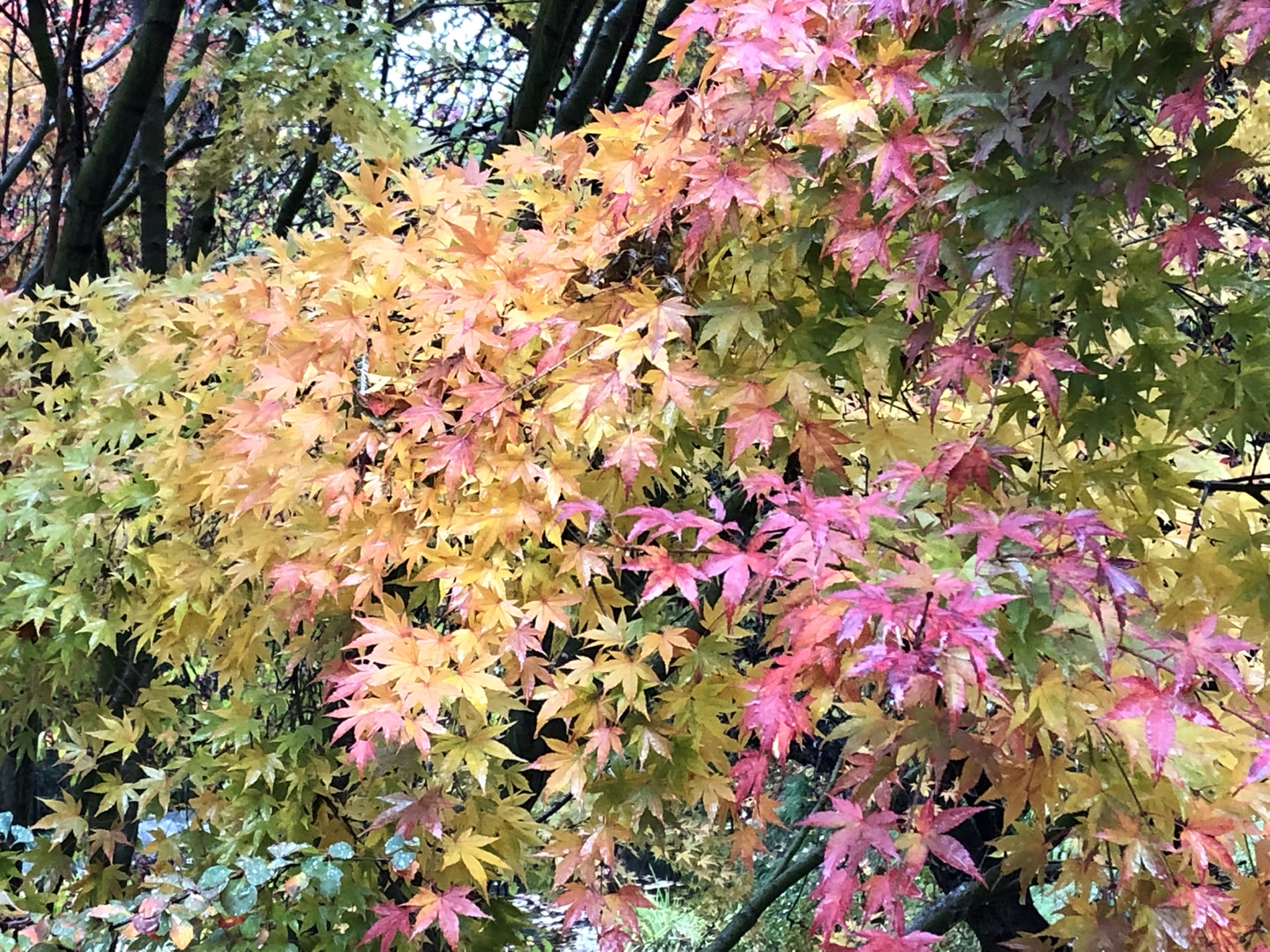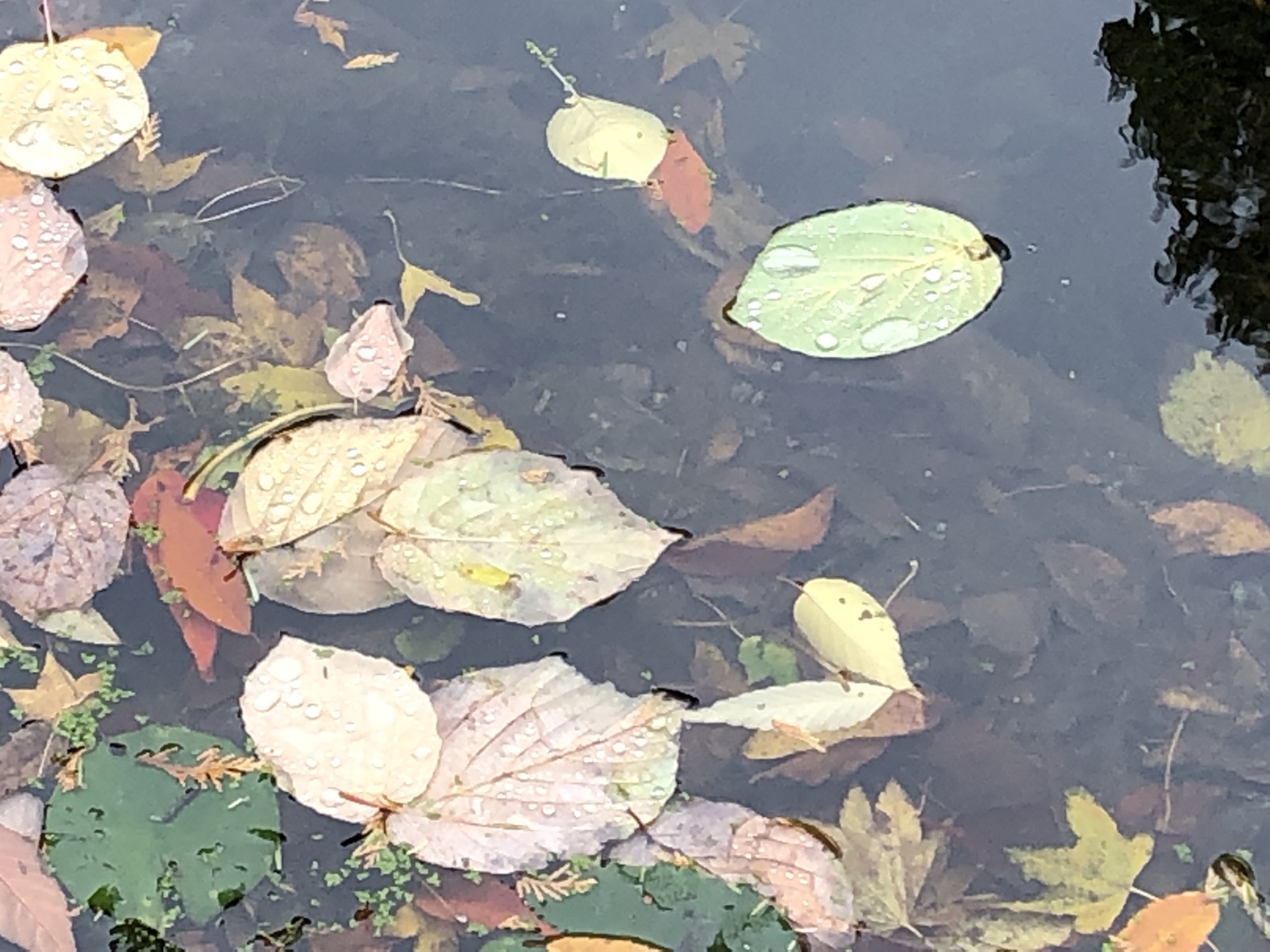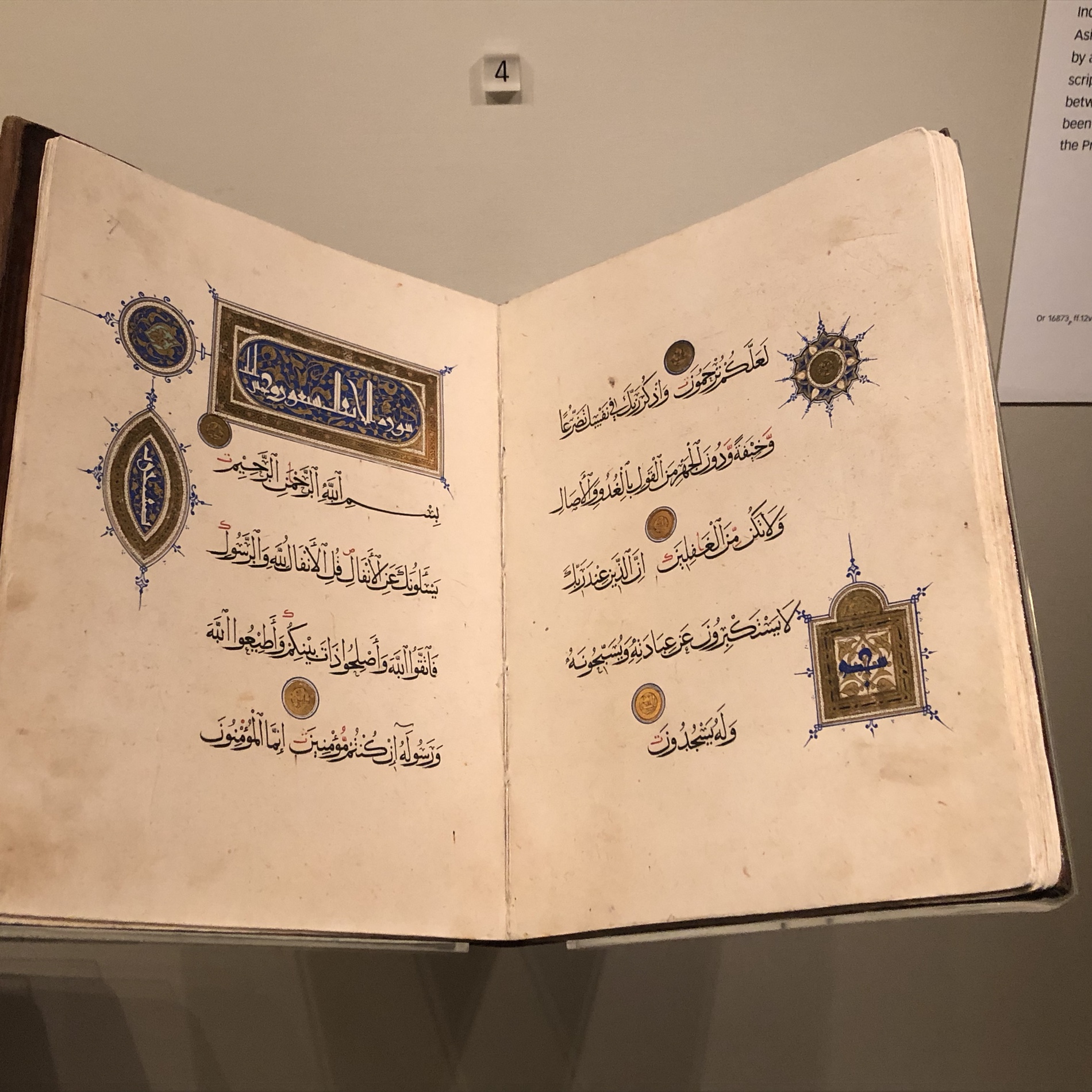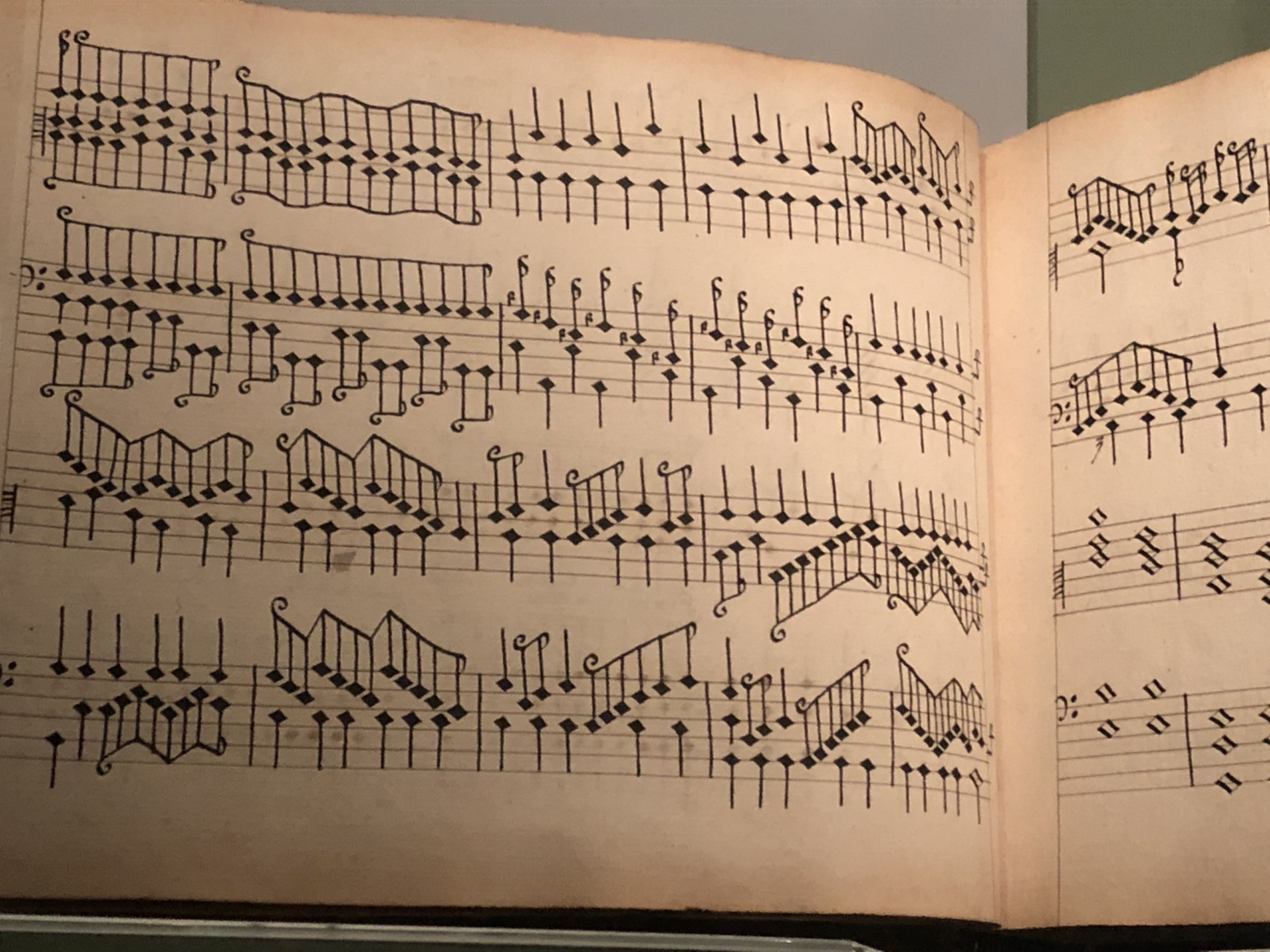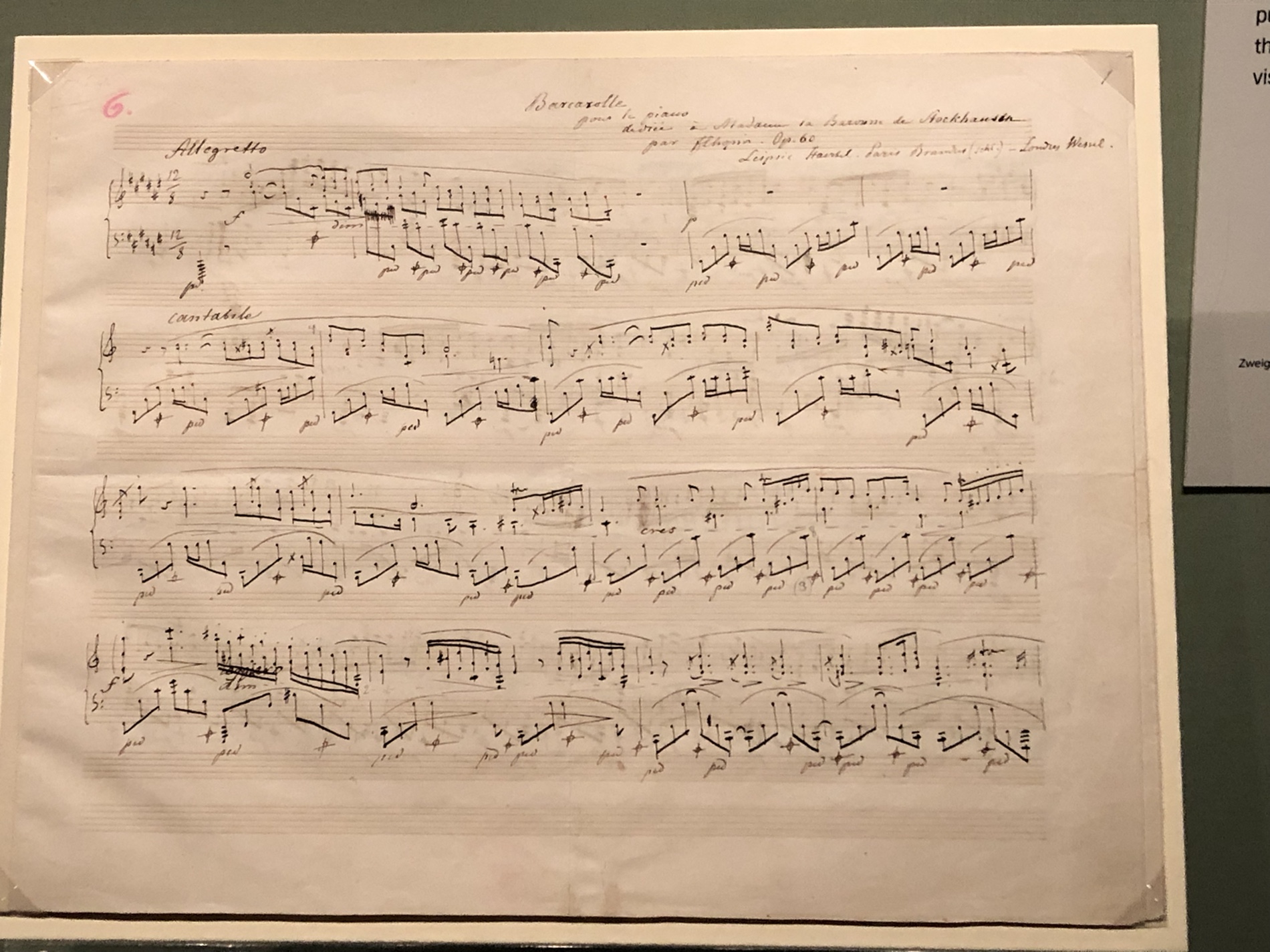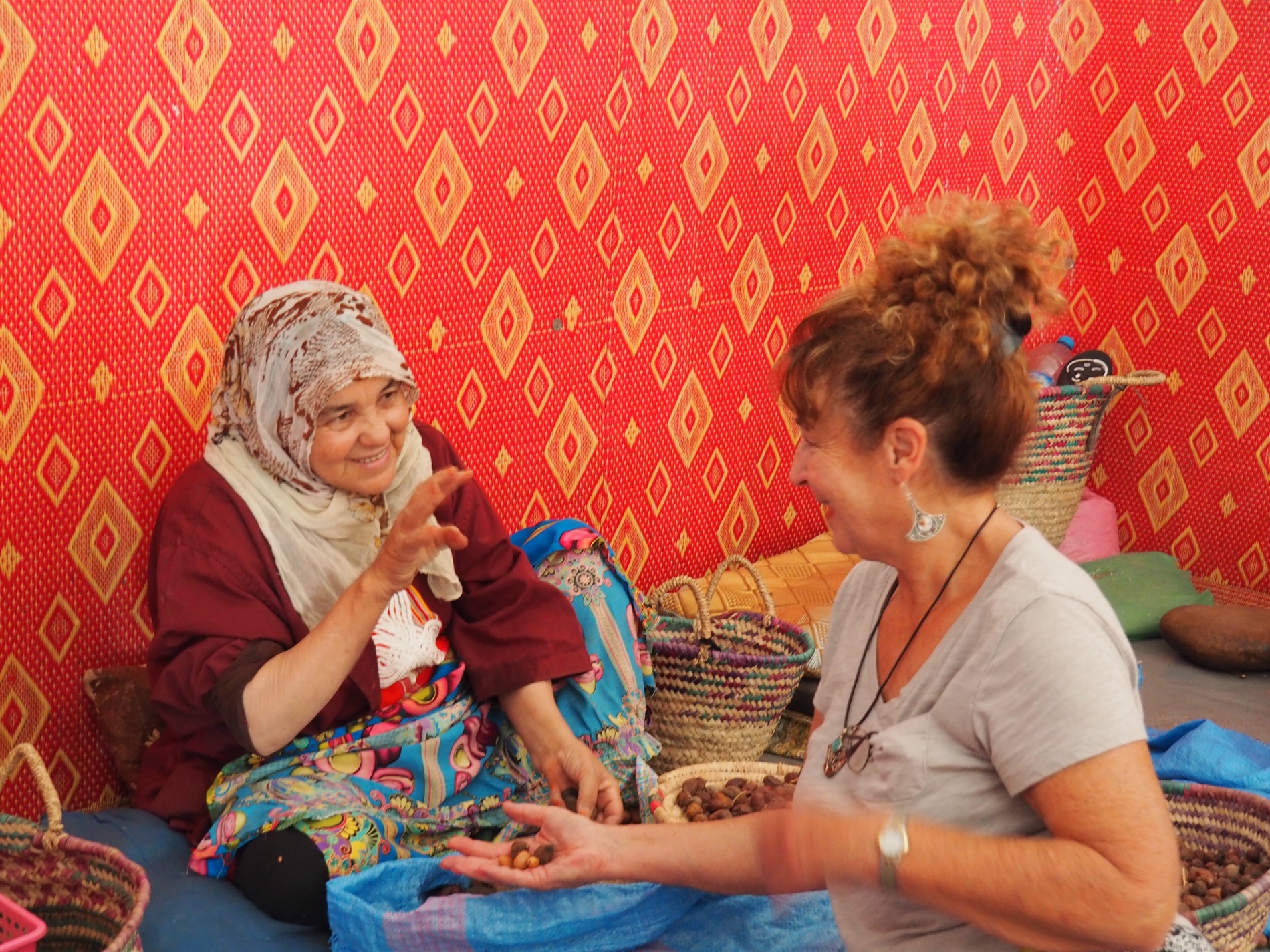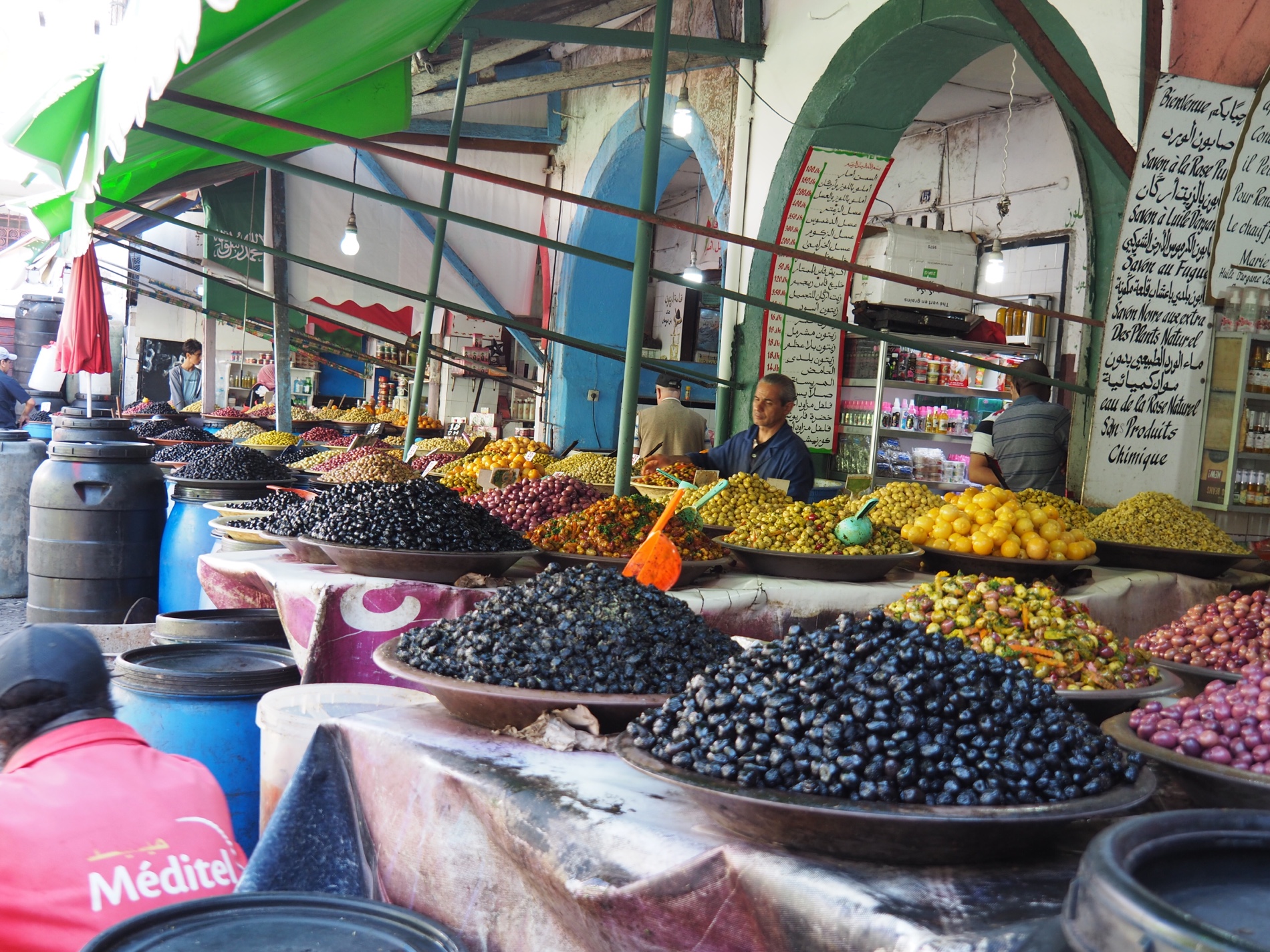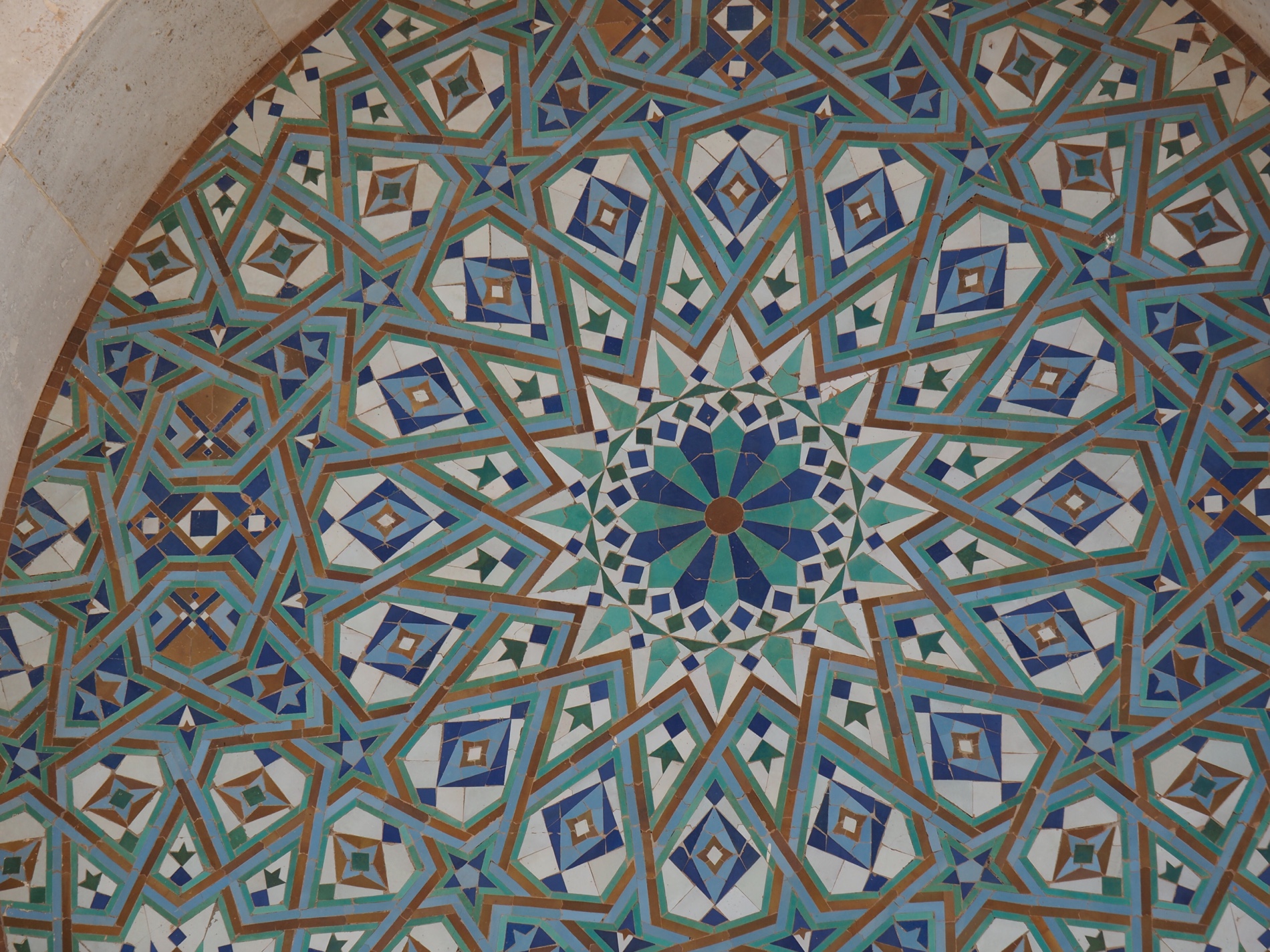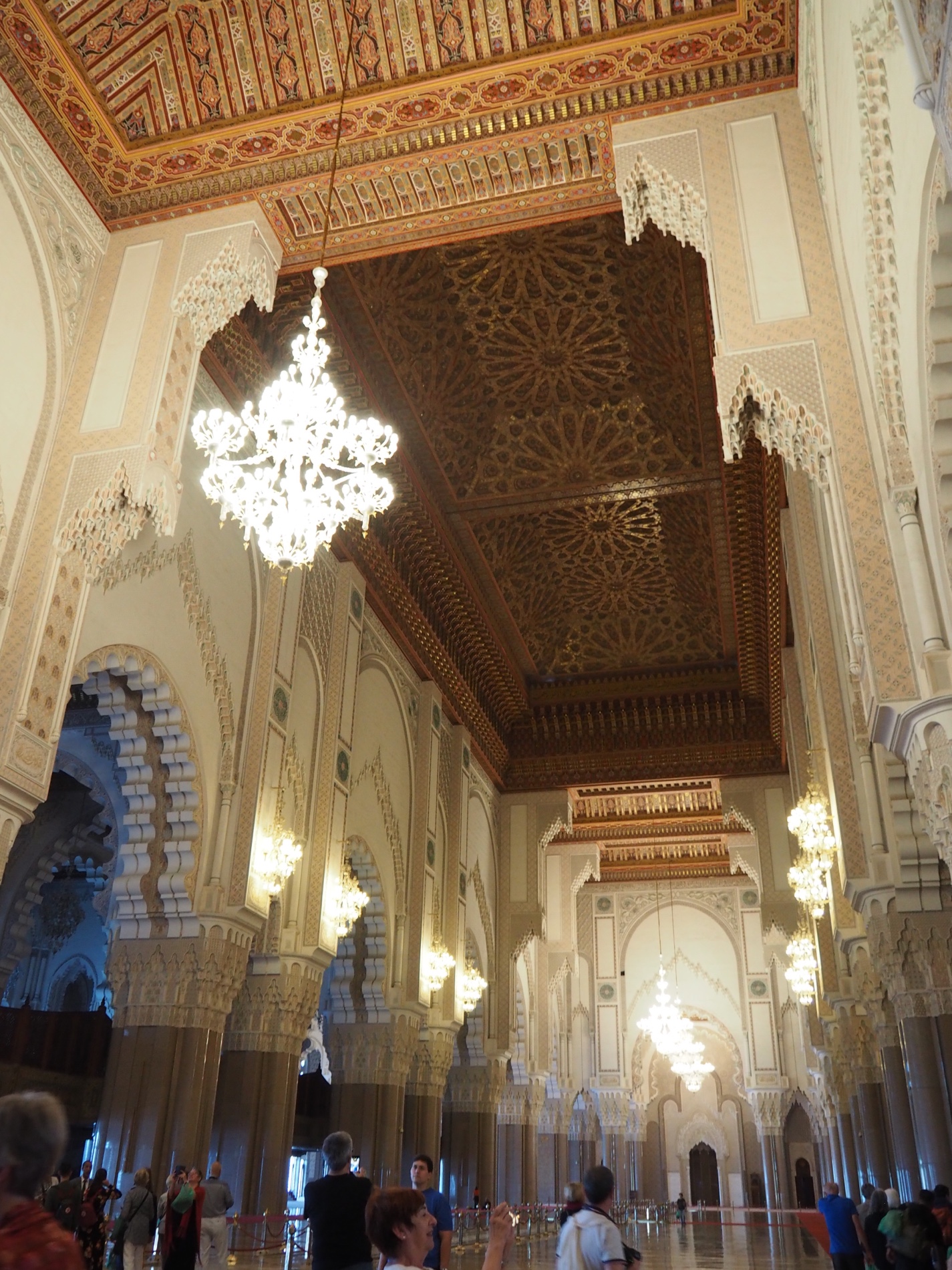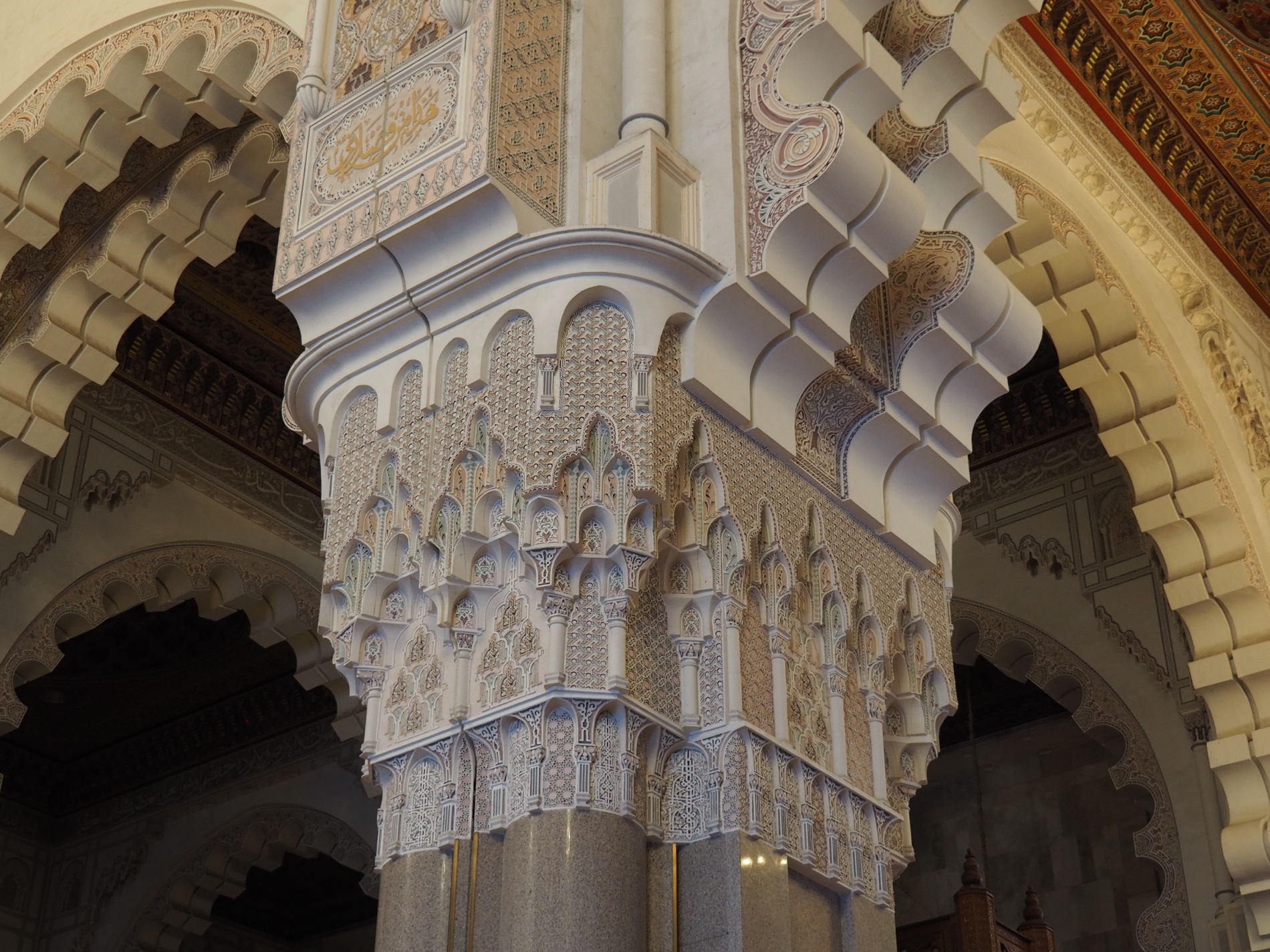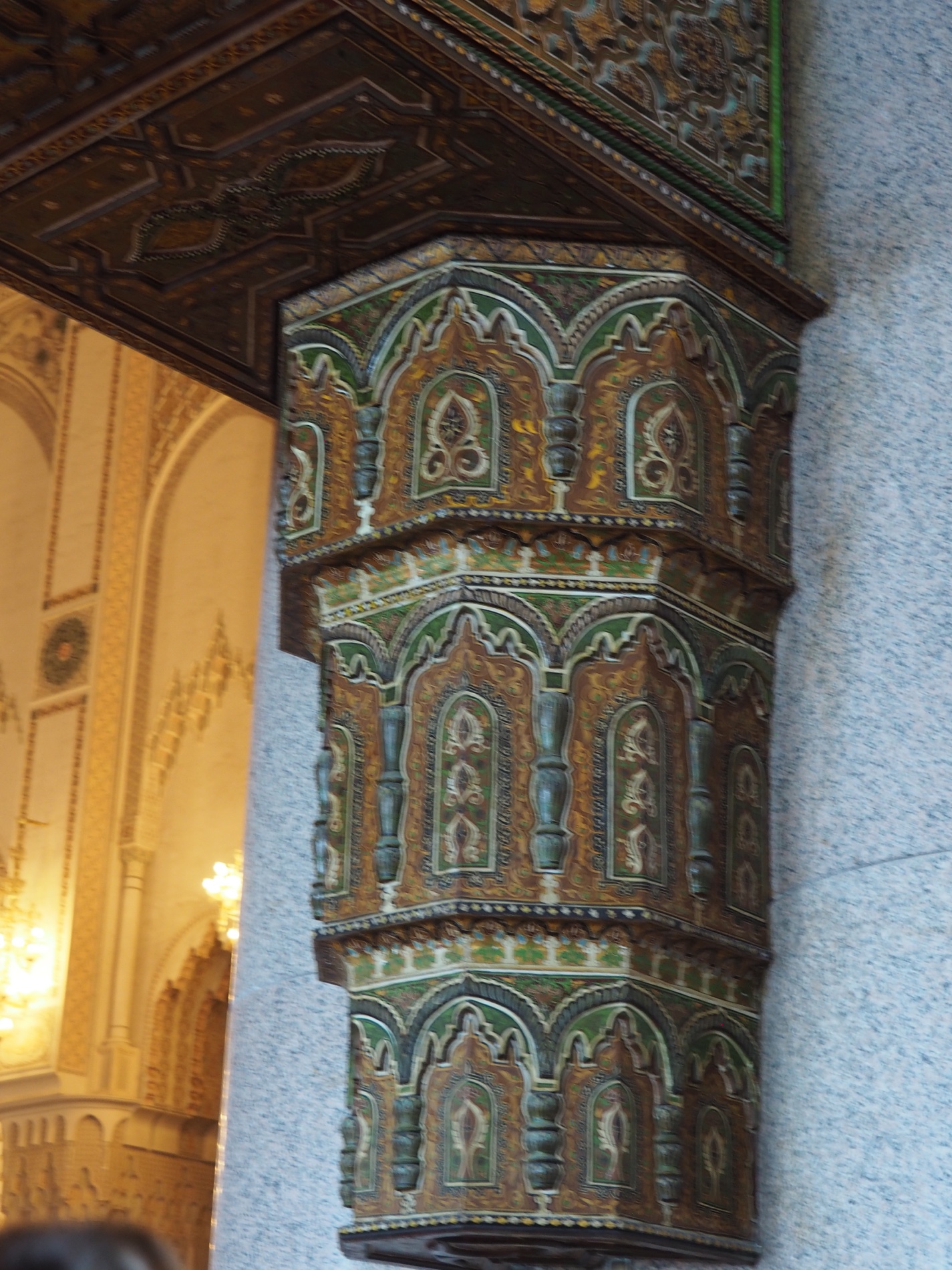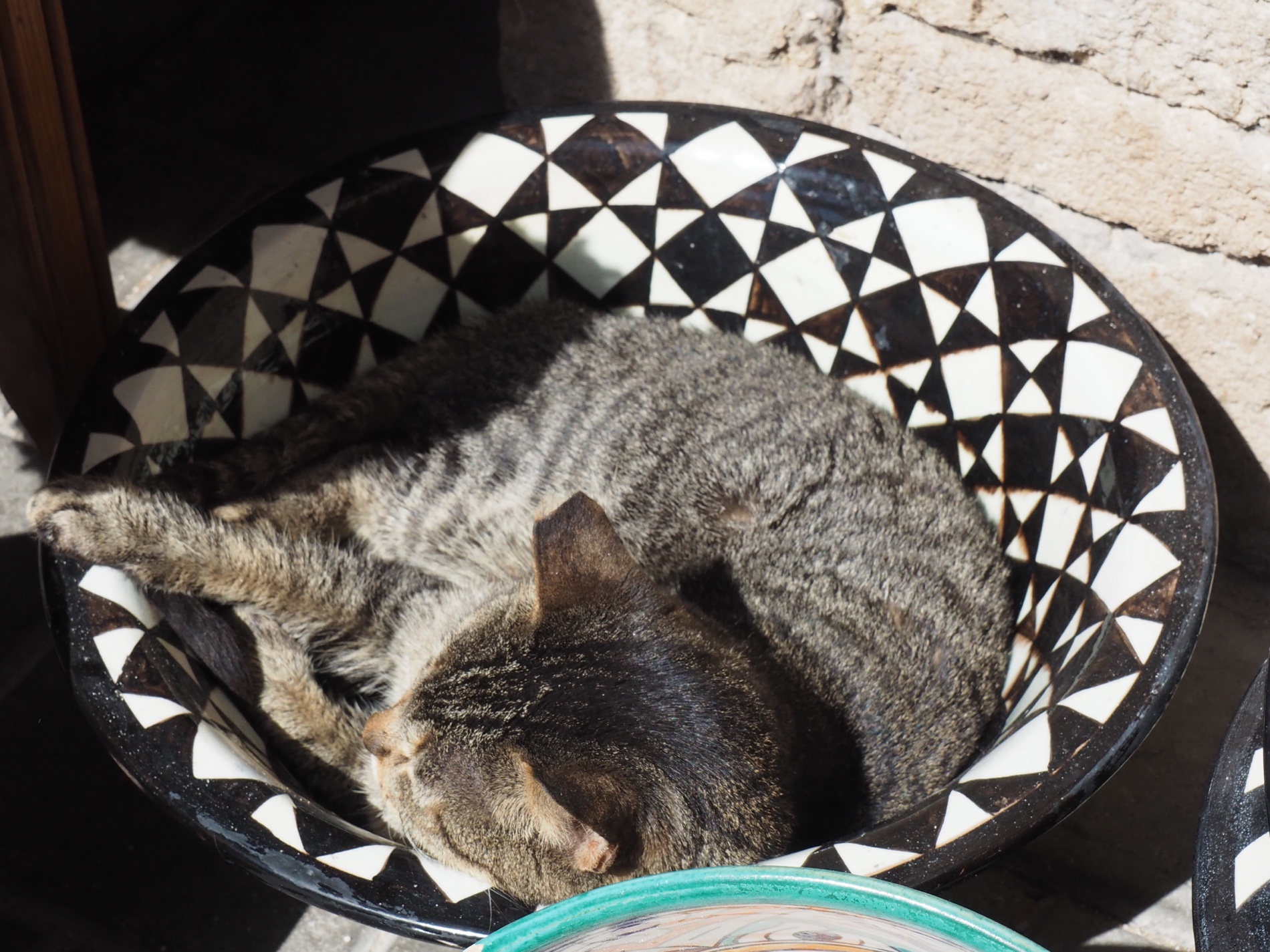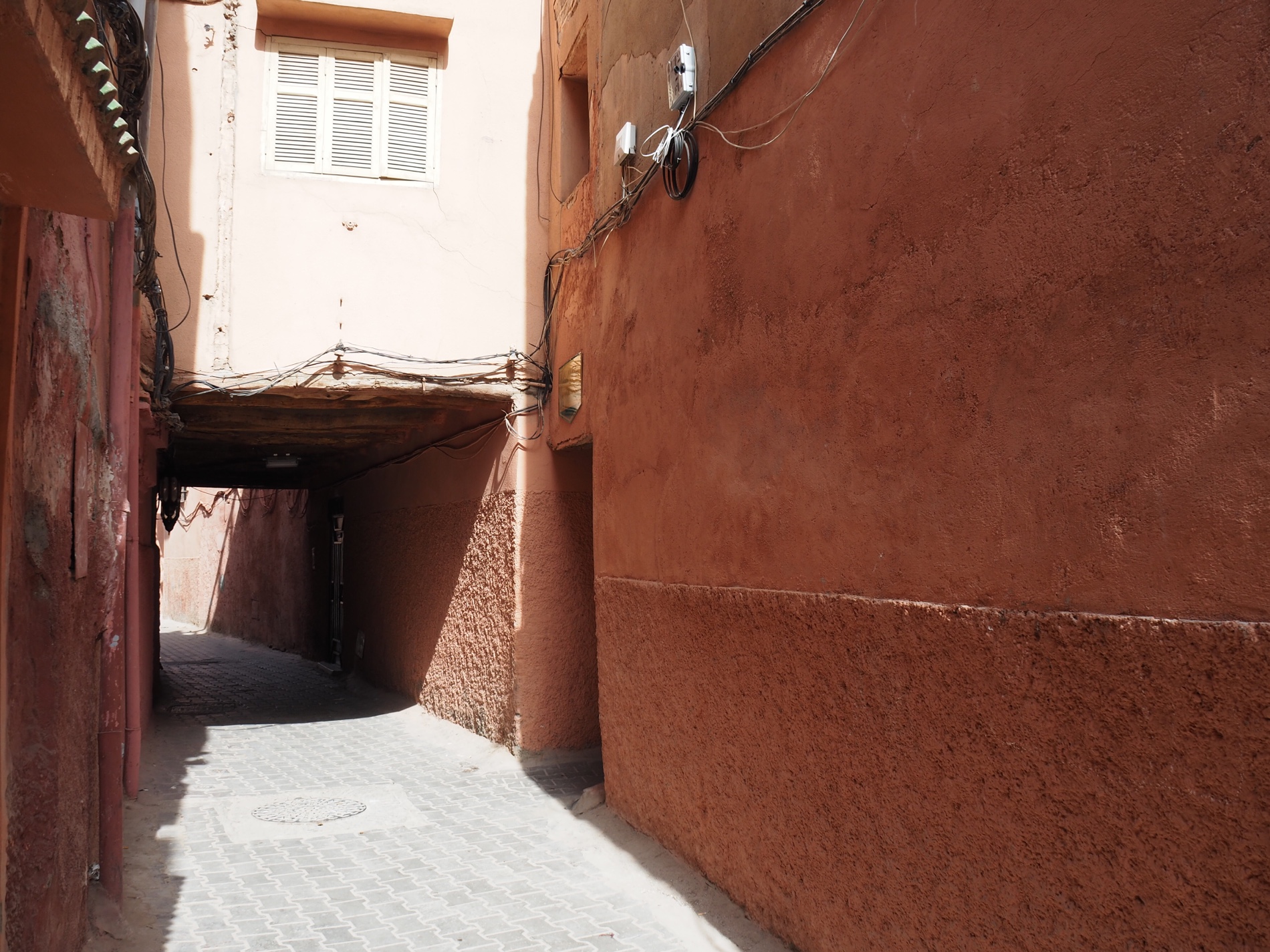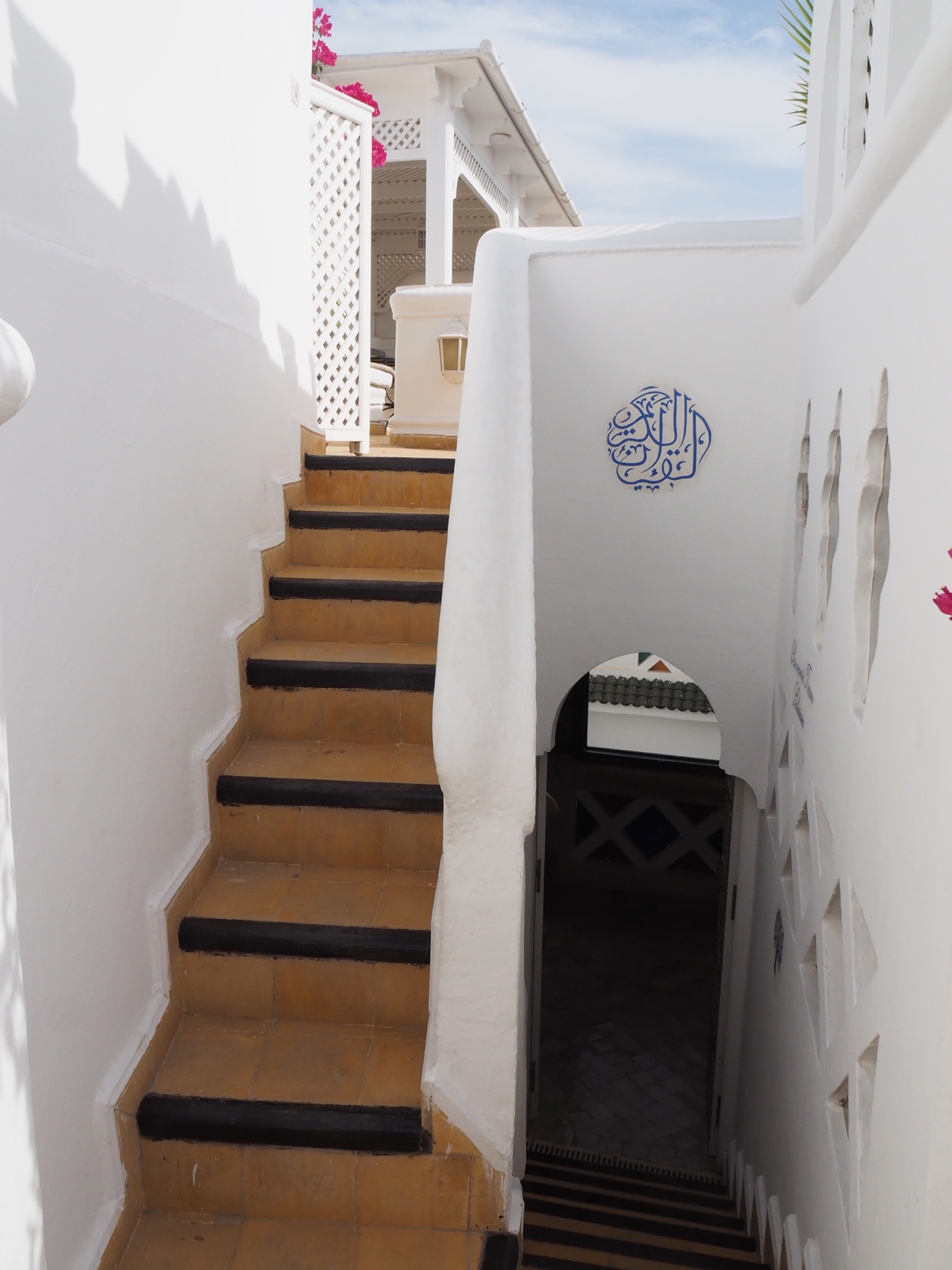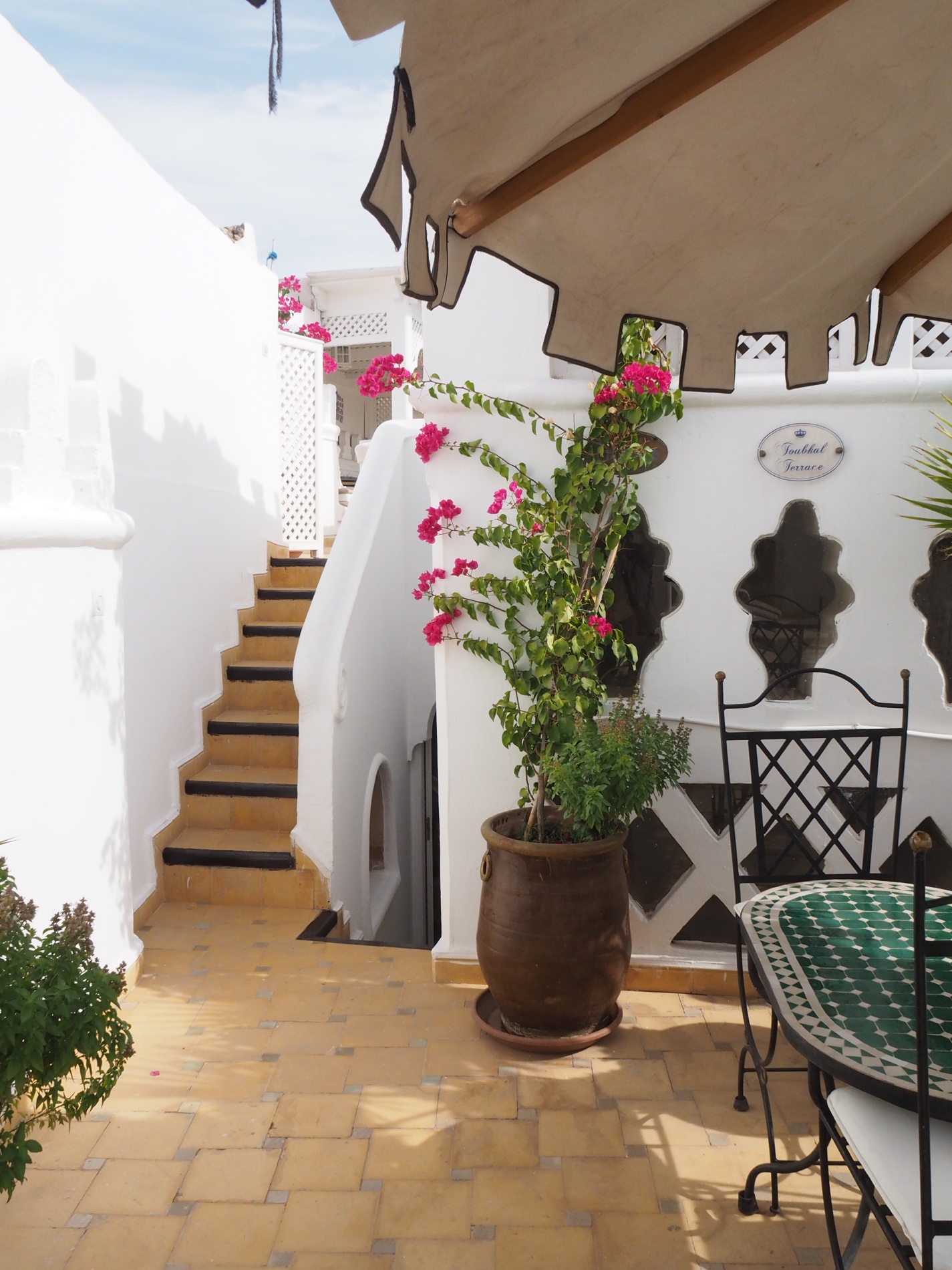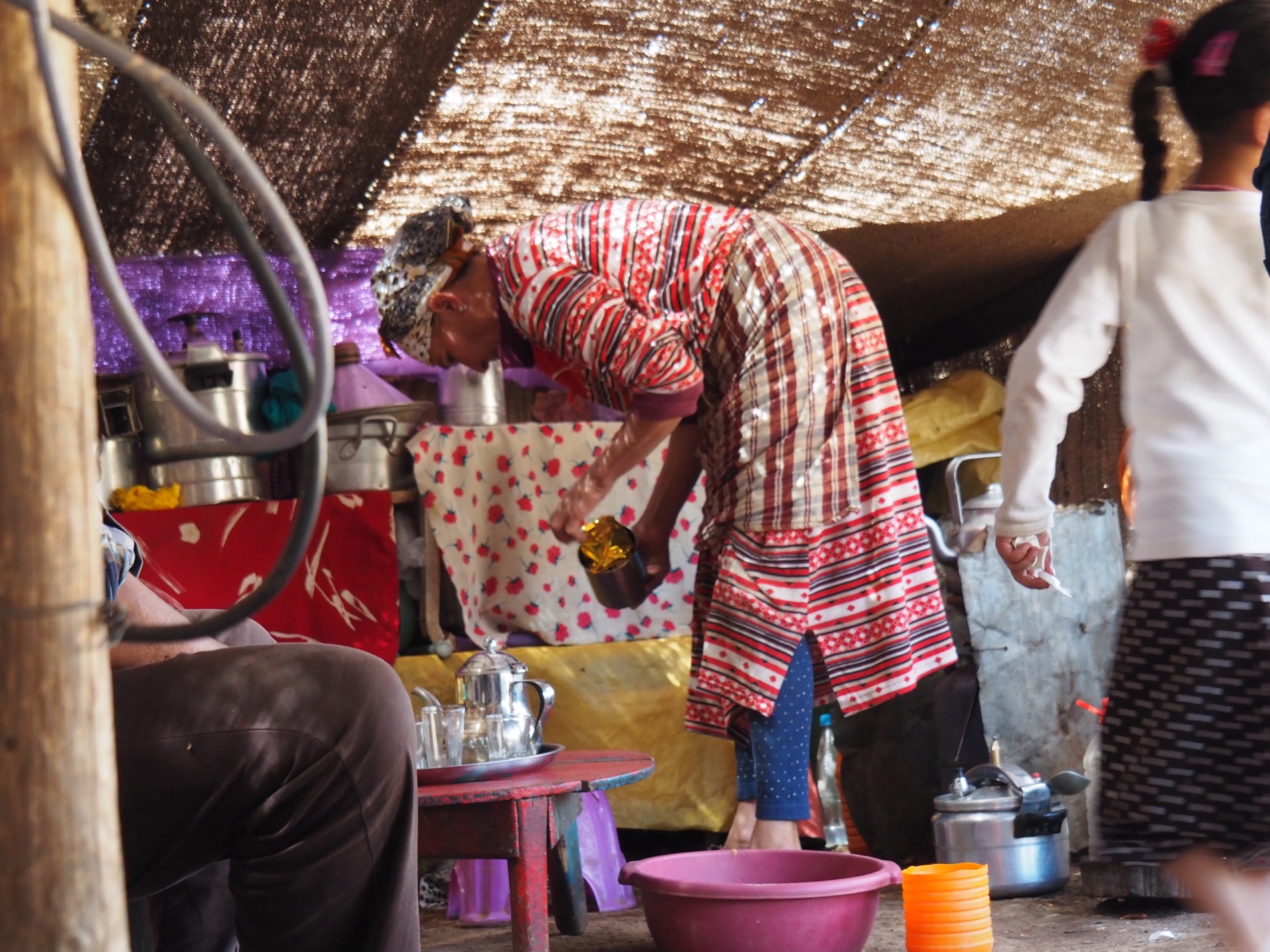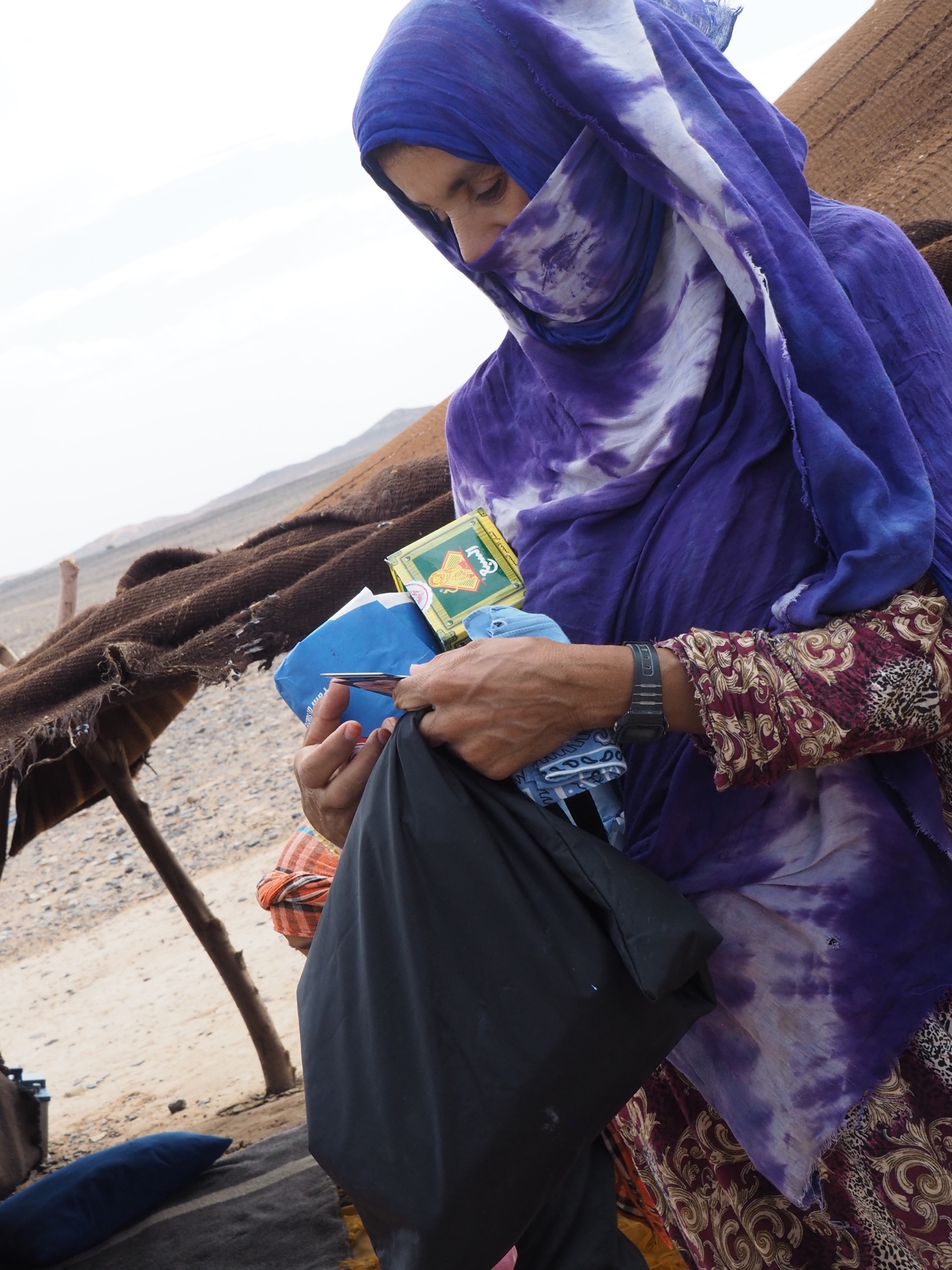During the Covid 19 pandemic, I have spent a great deal of time at home in my yard, alone. And I have increasingly yearned for the ocean. So yesterday, as a birthday treat, I drove to the Marin Headlands and walked on the pebbles that make up Rodeo Beach.

To get to the pebbles, you first cross a lagoon on a footbridge

The lagoon is not permanent – winter storms tear apart the sand barrier and allow the seawater to mix with the fresh water in the stream that comes down the valley, but then the barrier rebuilds and the lagoon is again cut off and becomes brackish, and a home to many birds and animals.
But I was there for the ocean…
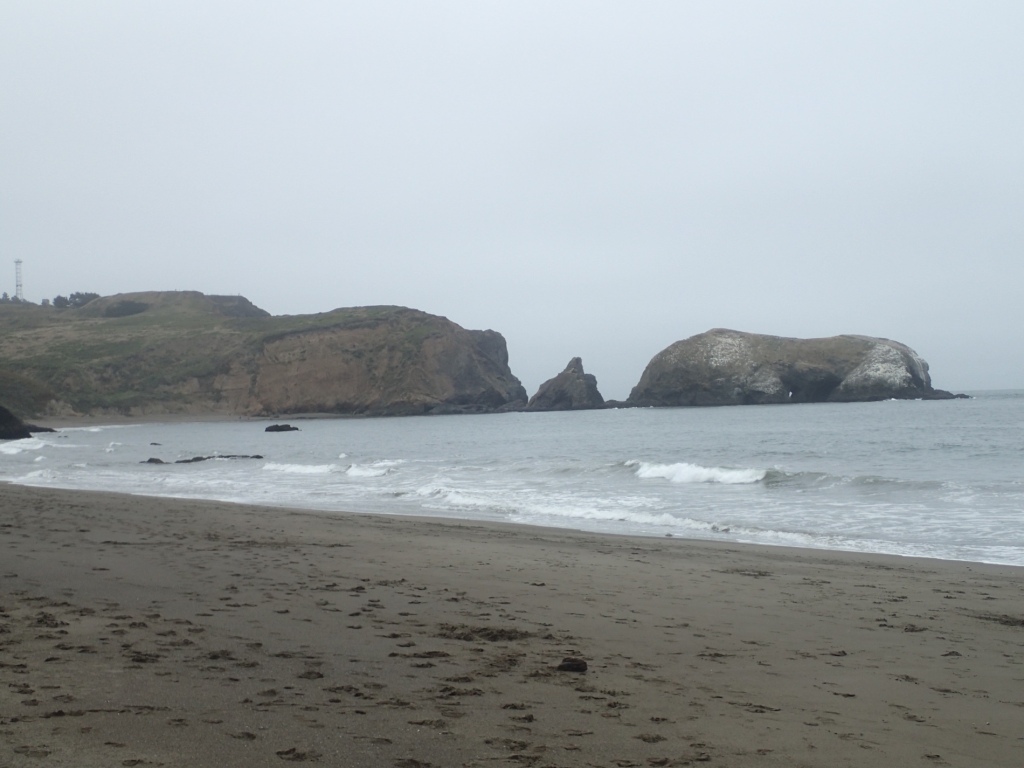
I was there to walk along its water, inhaling the tang of salt water, hearing the roar of the waves as they came in, exploring the cliffs it has eroded, and the things it washes up onto the beach.
The geology of the Marin Headlands Terrance is complicated: there are three main different types of rocks – pillow basalt (which was formed from magma from the East Pacific Rise), chert, from silica-saturated seawater deposited on top of the basalt to form chert, and sandstone, deposited on top of the chert as the Farallon plate encountered the Franciscan subduction zone. There are also siltstone and shale. Unfortunately, I’m not a geologist, so, although I did the research to understand what I just wrote, I can’t really recognize each type of rock.
I do know, however, that the rocks standing off shore are basalt – they are the hardest rock, and have eroded slower than the chert and sandstone, which must have gotten folded around the basalt, leaving pockets to be cut away by the ocean to leave the basalt standing alone

The pebbles that make up the beach have clearly eroded from both the basalt (the black pebbles) and the chert (the red ones). The pebbles look as though they were tumbled in a gigantic rock.tumbler – which is exactly what the ocean is.
Of course, all of these things got mixed together. I think this is red chert with something folded inside…

I came across a fairly small rock that looked like basalt – but what was the white stuff mixed in?

And where did it come from? Just a few steps north and east, I found the answer to that question, but not what it is!

But perhaps the things I enjoyed the most on that walk were the things that the ocean had cast up. Like this piece of a marine plant that was almost frilly

And there was the boulder that must be under water a good deal of the time (I was obviously there at low tide) because it had lots of seaweed clinging to it.


There were birds, too: A turkey vulture soaring effortlessly over head.

And an egret fishing in the surf. It ignored my approach, clearly focusing on prey, and at the end it caught something and flew away with it in its beak.

There were interesting marine animals attached to the rocks, too. Wish I knew what they are – some of them are obviously barnacles, but the rest…. Unknown but picturesque

There were also some ‘marine’ mammals jumping in and out of the surf and having a great time….As you no doubt understand from the gray overcast, it wasn’t warm that day – I was wearing 3 layers including a down sweater, but I guess younger is warmer…

Kelp cast up on the shore caught my eye.

And invited a closeup of the shapes

I realized that one of the kelp’s ‘hold downs’ was actually grasping a piece of rock that obviously had been a part of the underwater geology before it was torn loose by the wave action.

Nearby, there was a colony of goose barnacles (according to my iNaturalist app, it’s Pollicipes polymerus).
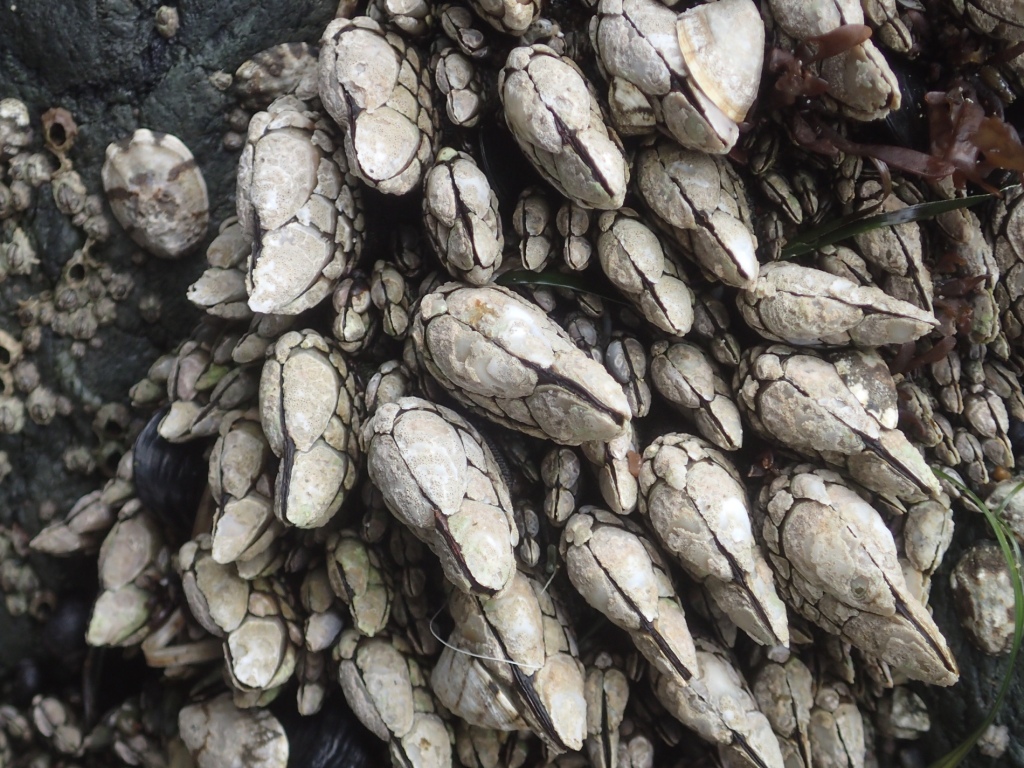
And then it was time to just soak up the ocean awhile, sitting on the pebbles.

Wonderful way to spend the day during these trying times! I was impressed that at least 95% of the people walking the beach were wearing masks, and definitely keeping large distances between them and everyone else….
Written and posted at Berkeley, CA 7/12/20





